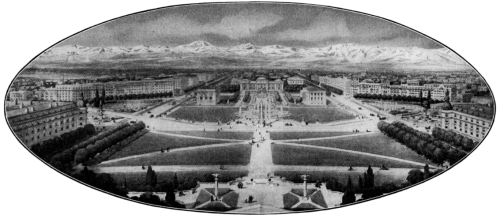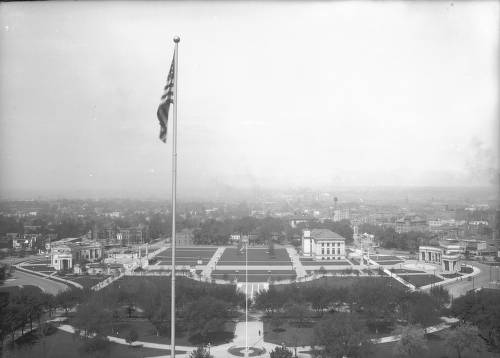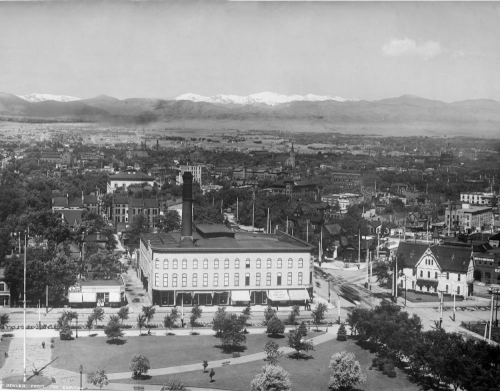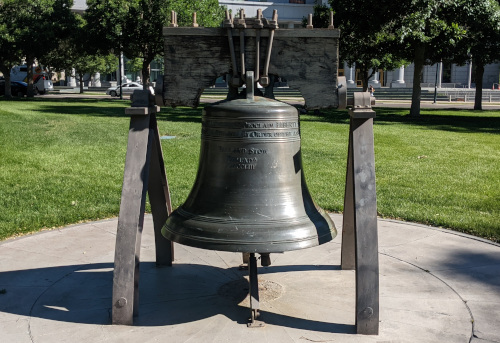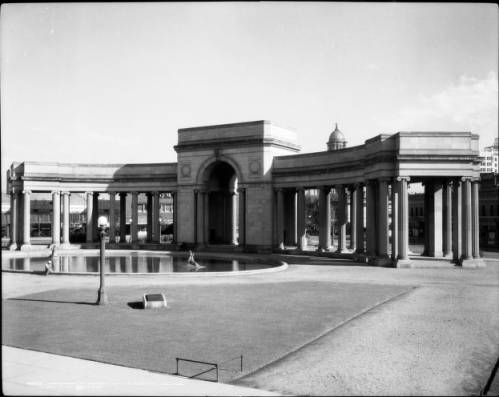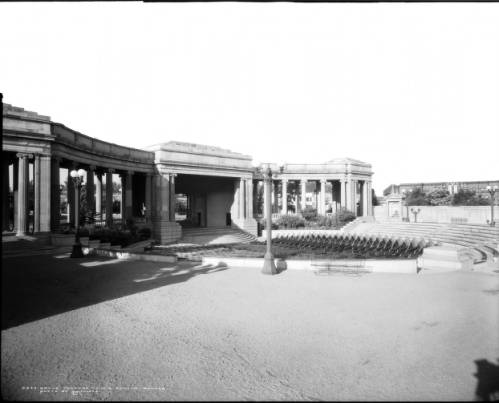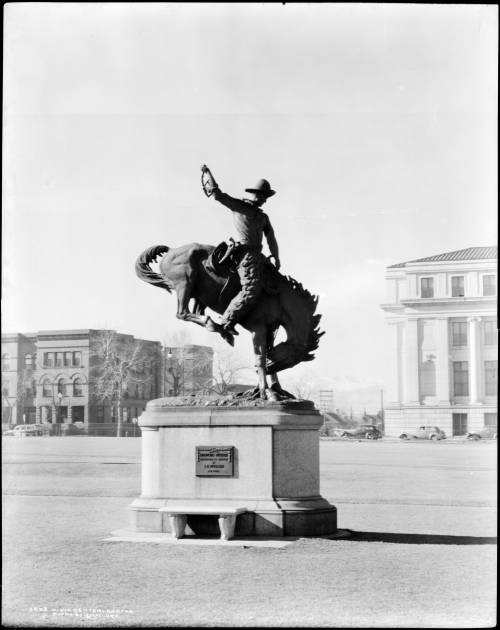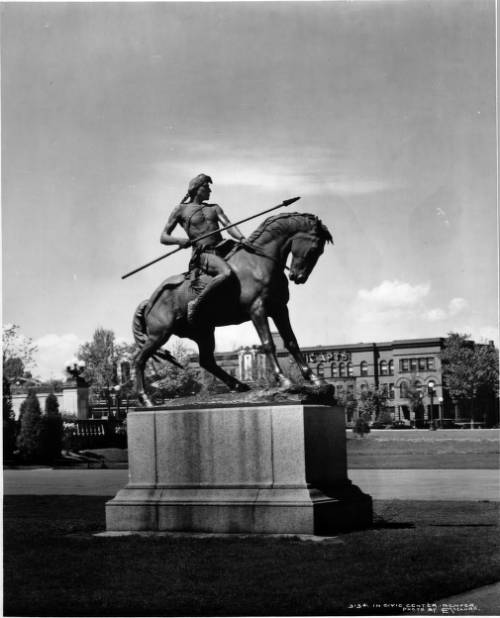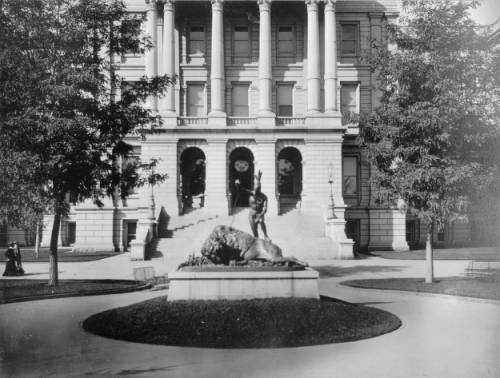
A snapshot of history
Unlocking Denver’s Civic Center Legacy: A Comprehensive Guide
Denver’s Civic Center, a visionary creation of Mayor Robert Speer and his City Beautiful movement, aimed to cultivate a healthy urban haven for recreation amidst the rapid growth of the city. Inspired by the White City at the 1893 Columbian Exposition in Chicago, Mayor Speer sought to infuse Denver with the same beauty and inspiration, a sentiment echoed by leaders worldwide during that era.
The Civic Center’s development spanned from the 1890s to the 1930s, encompassing various sections starting from the State Capitol and Capitol grounds in the east, extending to the City and County Building in the west. This expansive area, including Lincoln Park and Civic Center Park, earned official recognition as a National Historic Landmark by the National Park Service in April 2013. Below is a picture prior to the City and County Building.
Lincoln Park, often overlooked, emerged as the second section after the State Capitol. Situated between Broadway and Lincoln Street, it features the Colorado Veterans Monument, a 45-foot red sandstone obelisk erected in 1990.
The park also houses Denver’s full-size Liberty Bell Replica, cast in France in 1950 to promote the US Savings Bond Drive. It is one of 57 that were cast at Paccard Foundry in Annency-le-Vieux, France for the US Treasury Department. It was placed here in 1986 but was also located at other locations in Denver. The bell once occupied niche on the first-floor of the capitol, the Old State Museum and for a while on the corner of Sherman and 14th Street.
At the north end of the park stands the Voorhies Memorial, a grand entrance designed in 1919 to resemble the Water Gateway at the 1893 Chicago World’s Fair and designed by Denver architects Fisher and Fisher. The memorial was built for Denver resident John Hart Pemberton Voorhies, who lived across the street at 1425 Cleveland. Funded by John Hart Pemberton Voorhies, his memorial boasts an elliptical reflecting pool with bronze sea lions, creating a serene atmosphere. These were designed by Robert Garrison and installed in 1922.
The Greek Amphitheatre, also constructed in 1919, graces the south end, designed by architects Willis Marean and Albert Norton. Framed by the Colonnade of Civic Benefactors, it seats 1,200 and features murals by local artist Allen Tupper True. Bronze lion statues and sandstone light poles adorn the north side.
The first of two statues commissioned by Denver Alexander Phimister Proctor’s was the “Bronco Buster”. Proctor, was renowned for his work of thirty-five sculptures for the 1893 Worlds Colombian Exhibition in Chicago, also known as the Chicago World’s Fair.
The second was “On the War Trail” just to the northeast of the Greek Amphitheatre. It depicts an Native American riding a horse and holding a spear. Both paying homage to Colorado’s Wild West roots. Proctor left an indelible mark on Denver’s cultural landscape.
On the east side of the State Capitol, the statue “The Closing Era” by William Preston Powers in 1890 depicts a Native American standing over a buffalo, holding a spear. Commissioned by the women of the Fortnightly Club, it was originally exhibited at the 1893 Chicago World’s Fair.
There is a poem on the granite base that was commissioned by Powers best friend John Greenleaf Whittier. The poem reads:
The mountain eagle from his snow-locked peaks
For the wild hunter and the bison seeks,
In the chang’d world below; and find alone
Their graven semblance, in the eternal stone.
Explore this rich tapestry of history and artistry that defines Denver’s Civic Center, a testament to visionary urban planning and cultural significance.
Thanks for wandering with us,
The Wandering Couchs

